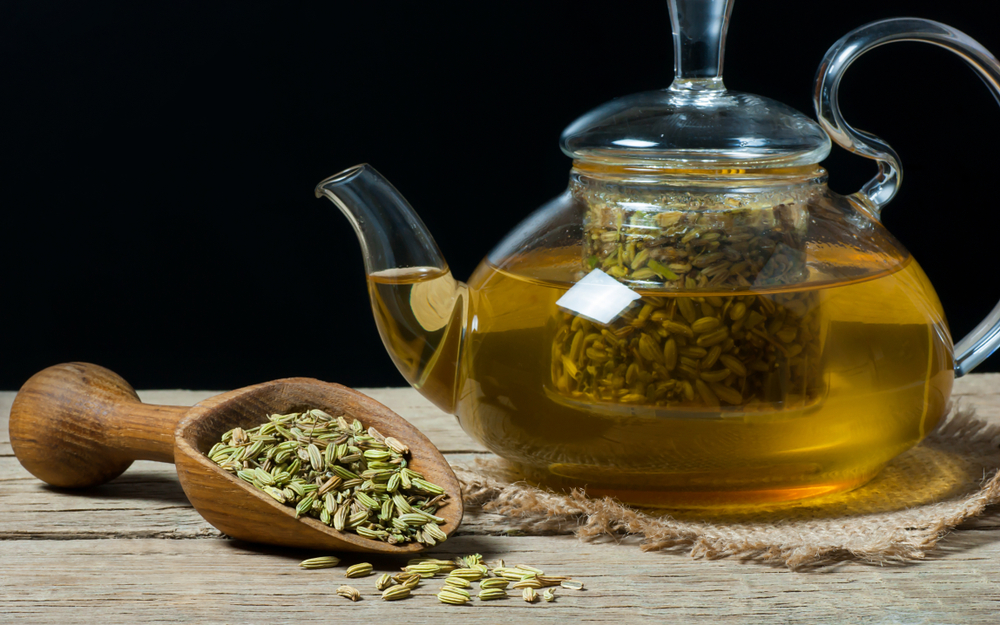When choosing a new eating plan, it can be overwhelming with so many options available. Among the various diets, the Mediterranean diet stands out as one of the best, earning top rankings for its health benefits. In contrast, the Keto diet has received criticism for being less effective in the long run. Here are five reasons why the Mediterranean diet is excellent and five reasons why the Keto diet falls short.
5 Reasons the Mediterranean Diet is the Best
1. Easy to Follow

The Mediterranean diet is designed to be user-friendly. Rather than enforcing strict rules, it serves as a flexible guide for making healthier food choices. This approach allows individuals to enjoy a wide variety of foods, making it easier to stick to the plan over time. Because it’s not overly restrictive, many find that they can maintain the Mediterranean lifestyle without feeling deprived, which is key to long-term success.
2. Beneficial for Diabetes

This diet is particularly effective for managing blood sugar levels, which is crucial for those with diabetes. It incorporates high-fiber foods like whole grains, legumes, fruits, and vegetables, which help stabilize blood sugar. Additionally, it minimizes the intake of foods that can cause rapid spikes in blood sugar. By promoting balanced meals, the Mediterranean diet can support better overall health for people with diabetes.
3. Focuses on Eating Habits

The Mediterranean diet emphasizes not just what you eat but also how you eat. It encourages people to slow down and enjoy their meals, often in the company of family and friends. This mindful eating approach can enhance the enjoyment of food and create a sense of community. By fostering healthier eating habits, this diet helps combat the fast-paced eating culture that is common today.
4. Limits Red Meat

This diet promotes the consumption of fish and other lean proteins while limiting red meat. Eating more fish is beneficial for heart health, as it is rich in omega-3 fatty acids, which can help reduce the risk of cardiovascular diseases. By focusing on lighter proteins and plant-based foods, the Mediterranean diet supports overall health and weight management while still providing essential nutrients.
5. Aids in Weight Loss
The Mediterranean diet can be an effective way to lose weight due to its focus on whole, nutrient-dense foods. By cutting back on processed foods and added sugars, individuals may find it easier to shed extra pounds. The variety of healthy options, including fruits, vegetables, and healthy fats, not only helps with weight loss but also ensures you get the nutrients your body needs for energy and health.
5 Reasons Keto is the Worst Diet
1. Highly Restrictive

The Keto diet is known for its strict rules and limitations, making it difficult for many to follow. With so many foods off-limits, including fruits, certain grains, and many vegetables, people often struggle to find satisfying meals. This level of restriction can lead to feelings of deprivation, which may result in people abandoning the diet altogether. Over time, this makes it hard to maintain a balanced lifestyle.
2. Unsustainable Long-term

One major criticism of the Keto diet is its sustainability. While individuals may see rapid weight loss initially, experts warn that this often leads to rebound weight gain once the diet is discontinued. Many people find that they can’t adhere to such a strict eating plan indefinitely, leading to frustration and the potential for unhealthy eating patterns in the future. This lack of sustainability can ultimately affect overall health.
3. Not Heart-Healthy

The Keto diet focuses heavily on high-fat foods, often including red meats and full-fat dairy products. While some fats are healthy, the emphasis on saturated fats can raise cholesterol levels, increasing the risk of heart disease. For many, this approach raises concerns about long-term heart health, as cardiovascular issues are among the leading causes of mortality worldwide. A diet that promotes heart health is essential for overall well-being.
4. Nutritionally Imbalanced

Despite its weight loss claims, the Keto diet can lack essential nutrients. By restricting a variety of food groups, including fruits and whole grains, individuals may miss out on important vitamins and minerals. This nutritional imbalance can lead to deficiencies and a range of health problems over time. A diet that lacks diversity is not conducive to maintaining optimal health and well-being.
5. Potential Health Risks

The Keto diet may also pose various health risks. Some individuals report issues like kidney stones, constipation, and digestive discomfort. For those with pre-existing health conditions, this diet can exacerbate problems related to the liver, thyroid, or gallbladder. Overall, the potential for serious side effects raises concerns about the long-term safety of the Keto diet, making it less appealing for many individuals seeking a healthier lifestyle.
In conclusion, while the Mediterranean diet offers a balanced and enjoyable approach to eating, the Keto diet’s restrictions and potential health risks make it less favorable for many. Choosing a sustainable and healthy diet is crucial for long-term success and well-being.
Disclaimer: The information provided in this article is for educational purposes only and is not intended as medical advice. While the teas mentioned may have anti-inflammatory properties and potential health benefits, individual results may vary. Always consult with a healthcare professional before making significant changes to your diet or health regimen, especially if you have underlying health conditions or are taking medication. The author and publisher of this content are not liable for any adverse effects or consequences resulting from the use of any suggestions or information contained herein.














































































